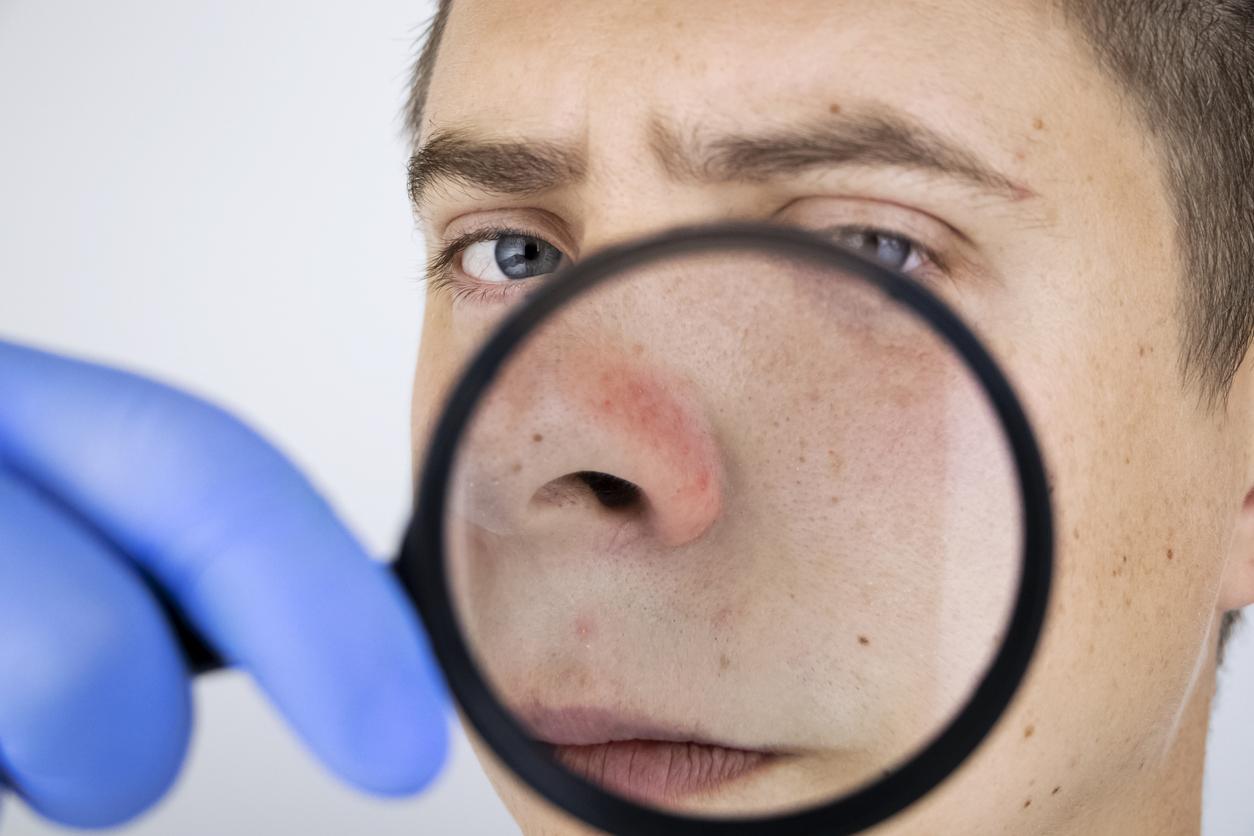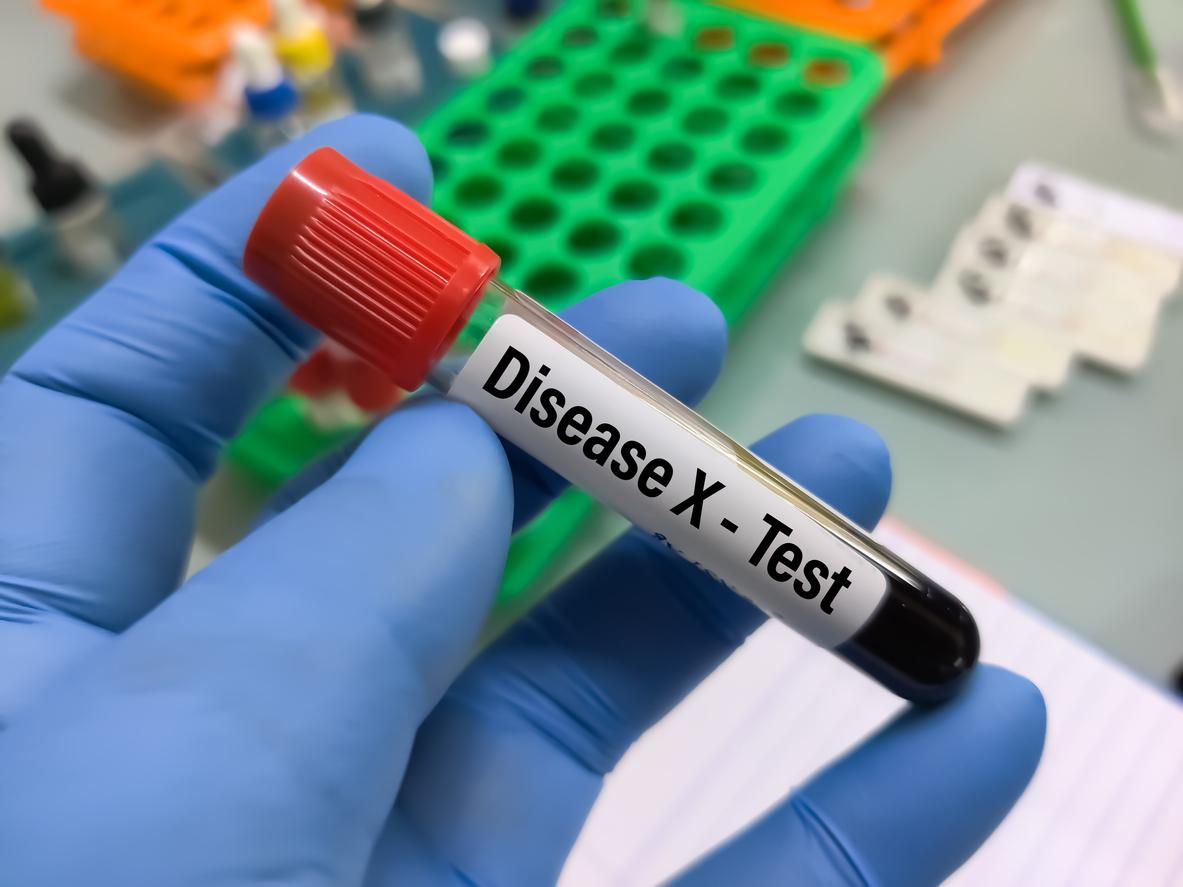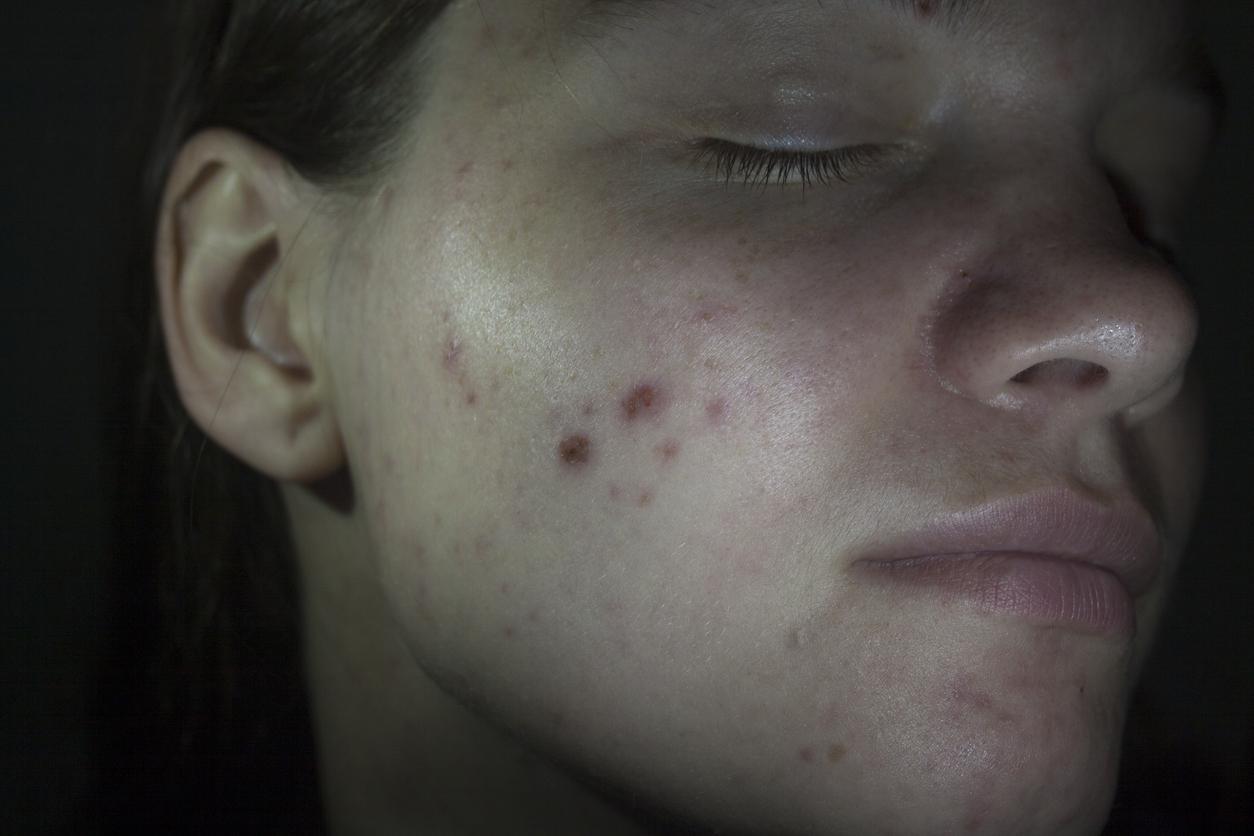What is lupus?
For many of us, lupus is primarily the name of a disease dear to Dr House but also the one that touches the young starlet Selena Gomez. But what exactly is lupus? In fact, there are several forms of lupus but the most common is systemic lupus erythematosus. It is a chronic disease in which the immune system produces antibodies against body cells, leading to widespread inflammation and tissue damage.
The disease mainly affects women of childbearing age (9 women for one man) and all parts of the body can be affected (this is why it is called systemic). The disease has a panoply of clinical manifestations affecting the joints, the skin, the brain, the lungs, the kidneys, the blood vessels…
For the moment, the causes of this disease remain obscure. According to experts, it would seem that a set of factors, genetic, environmental and hormonal are at the origin of the disease.
Due to the multiple forms of the disease, it is often the general practitioner who takes care of the patient in the first place. But the diagnosis must be confirmed by a doctor specializing in lupus, in a reference center.
What are the forms of lupus?
The most common form of the disease is systemic lupus erythematosus (or disseminated). It occurs in 70-85% of all patients with lupus.
the cutaneous lupus erythematosus is the form of the disease localized to the skin. It includes four types of skin conditions: discoid lupus (red, raised lesions in the upper part of the body), lupus tumidus (red lesions are accompanied by crusts), chilblain-like lupus and lupus panniculitis. (characterized by multiple small lesions, red/purple in color, which can be very painful).
What are the symptoms of lupus?
The term lupus refers to the most frequent symptom of the disease: a rash on the face, around the eyes and on the cheekbones, in the shape of a mask called a wolf (from the Latin lupus). But since the disease reveals itself in various, very different ways, the symptoms are also diverse and varied. The disease can start with any of these signs:
• Skin manifestations : they affect 80% of patients. They appear on the face but also affect the whole body.
• joint pain : they can affect different joints, especially the fingers and wrists, feet and ankles. Affected areas become hot, red and swollen. These pains are common at night. This joint inflammation (arthritis) is present in 75% of cases of systemic lupus erythematosus.
• Pulmonary manifestations : a cough or difficulty in breathing are present in 15 to 40% of patients and may even be indicative of the disease. Some people suffer from inflammation of the covering around the lungs (the pleura), also called pleurisy.
• Blood manifestations : they are present in 85% of patients during the course of the disease. We often observe anemia (decrease in red blood cells or hemoglobin in the blood), a decrease in the number of white blood cells (leucopenia) or the number of platelets (thrombocytopenia), which can cause bleeding.
• Eye damage : Inflammation can affect tissues of the eye and lead to dry eyes.
• Kidney damage : this sometimes occurs at the onset of the disease, sometimes more gradually. It is an impairment of very variable severity of the renal glomeruli which filter urine. It can sometimes progress to chronic kidney disease.
Sources
Haute Autorité de Santé (has.fr): Systemic lupus erythematosus. National diagnostic and treatment protocol.
Health insurance (Ameli.fr): Systemic lupus erythematosus: definition and contributing factors.

















